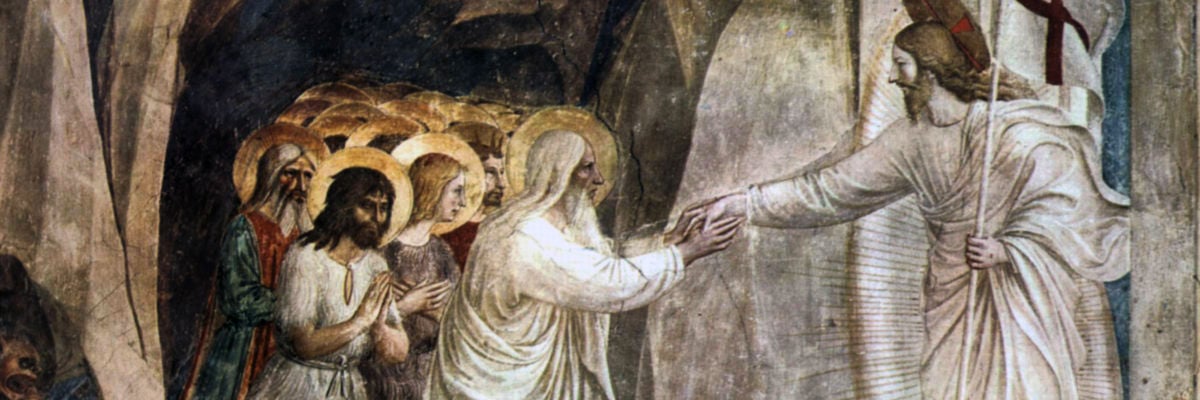
Question:
Answer:
Sheol is a word used in the Jewish tradition to refer to the general abode of the dead; it was not necessarily a place of punishment. Gehenna is used to solely describe a place of punishment for the wicked.
Judaism had a development in its understanding of the afterlife. Originally, Sheol was believed to be a place where all the dead went. In later periods Judaism developed the belief that in Sheol the righteous and the wicked were separated. This is clearly seen in Jesus’ parable about the Rich Man and Lazarus (Luke 16:19-31). In early Jewish belief it was thought possible to pass from the side of the wicked to the side of the righteous (the “Bosom of Abraham”) through the intercession of Abraham. However, by the time of Jesus, Judaism generally believed that it was not possible to pass from one side of Sheol to the other (Luke 16:26).
The confusion arises in modern times because of the language that is sometimes used to describe these concepts. Many times the Greek word Hades is used in place of Sheol. The modern person hears “Hades” and thinks “hell,” a place of eternal punishment. However, Hades is simply the Greek word that was used for Sheol, the abode of the dead. The concept of what it was exactly developed over time. Gehenna was a separate idea, it referred only to a place of punishment for the wicked; it never was an abode of righteous souls.
Taking the Jewish concept at the time of Jesus, that on the wicked side of Sheol the wicked were being punished and on the side of the Bosom of Abraham the righteous were awaiting resurrection, we can say that after the Resurrection Jesus brought the souls from the Bosom of Abraham to heaven and left behind the souls of the wicked. That would mean that after Easter the abode of the dead (Sheol) became solely a place of punishment (Gehenna/hell), because all righteous souls after Easter go to purgatory or heaven.



